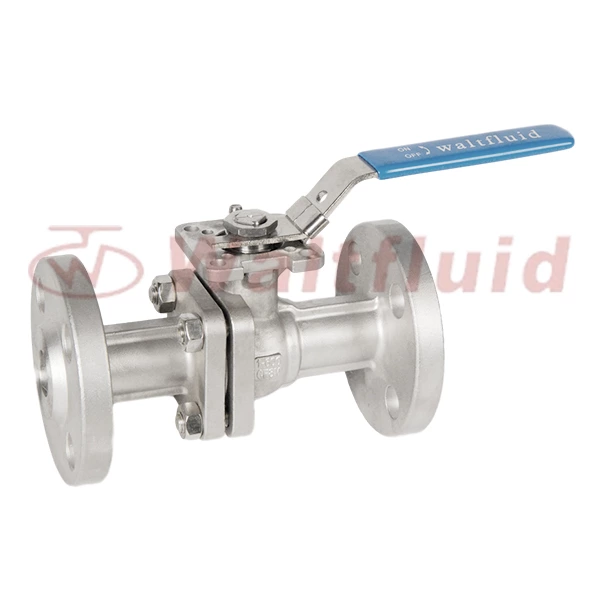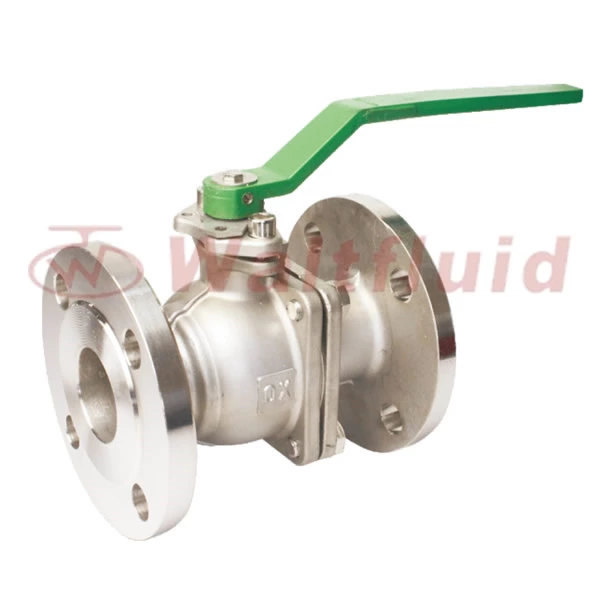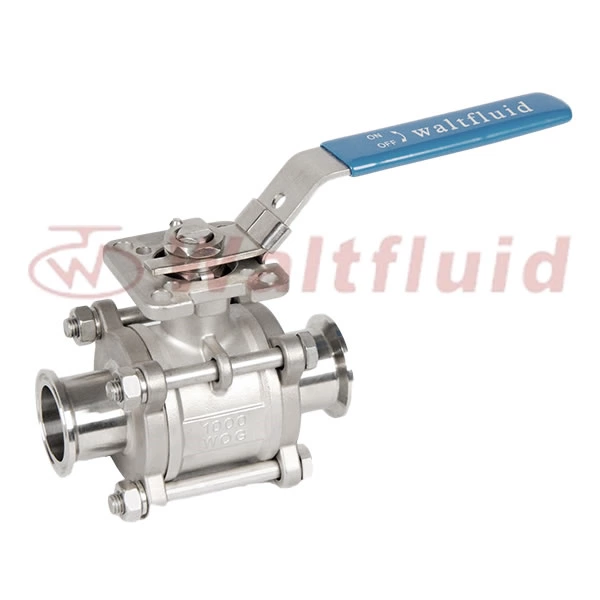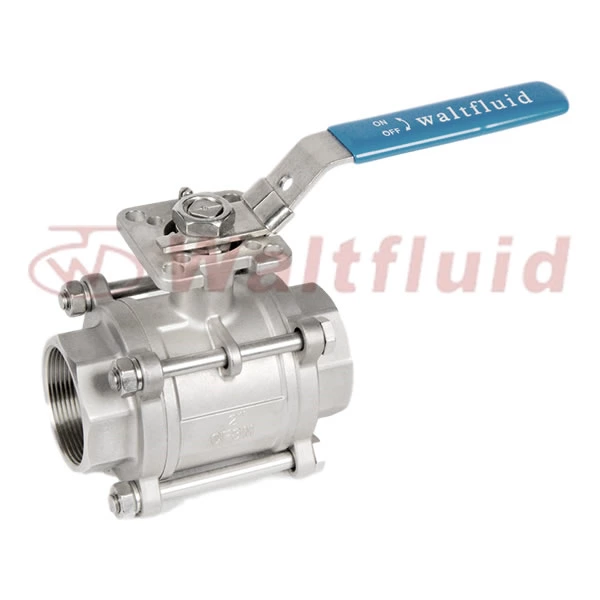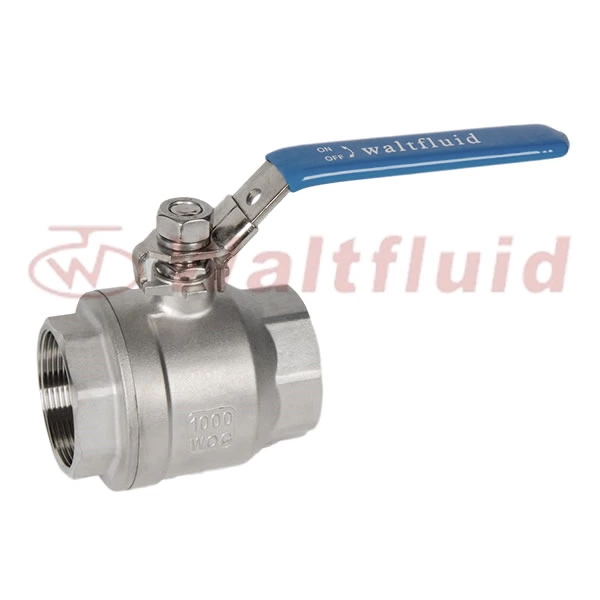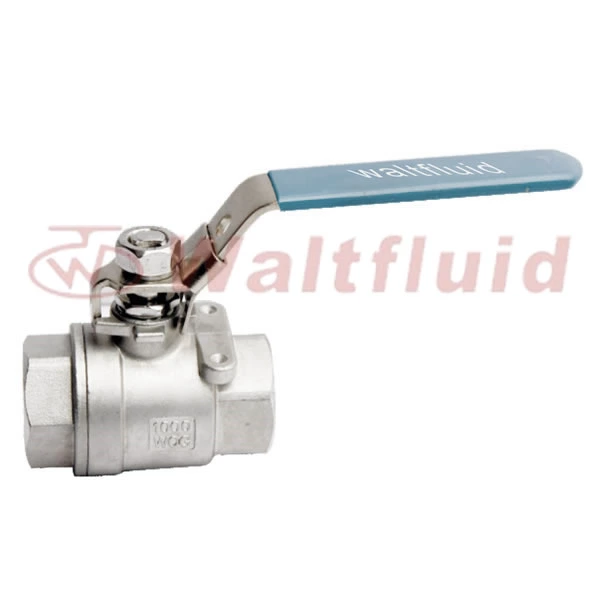Features Of High Pressure Ball Valve
Every time I hear people say that 2 Piece Threaded Ball Valve has a very wide range of applications, but some people may not know much about the specific industries in which high-pressure ball valves are used. In fact, it can be used in various industries such as petroleum, chemical industry, or thermal power plants, and it is applicable to many media, which has a lot to do with its characteristics.
1. Prevent the expansion of fire
Some users may have doubts about this. In fact, when a fire occurs, the high-pressure ball valve will cause the valve seat seal ring to be damaged or even softened due to abnormal high pressure. At this time, under the pressure of the spring and the medium, the spherical surface of the support ring and the ball will form metal-to-metal contact, which can play a temporary sealing function and prevent the expansion of the fire.
2. Automatic reset of the valve seat
When the stagnation pressure in the middle cavity of the high-pressure ball valve is abnormal, especially when it exceeds the spring preload, the valve seat of the high-pressure ball valve will automatically detach from the ball, which will result in an automatic pressure relief effect, but the valve seat will also automatically reset after the pressure relief.
3. Reduce operating torque
The packing gland of the high-pressure ball valve uses a double sealing ring, which is especially suitable for gas media, and the packing can be installed in the packing plate, so that the operating torque problem can be reduced.
Due to these characteristics of the high-pressure ball valve, it can be used in multiple industries. Of course, if we want the product to be put into use normally without problems, we must choose products with guaranteed quality, so as to reduce the failure rate of the product and avoid too many problems in the use of the product.
The characteristic of the high-pressure ball valve is different from that of ordinary valves. Its opening and closing parts are designed as spherical bodies, and the valve stem is driven to rotate around the axis of the sealing surface to adjust the fluid. It is a very important fluid control part device. The following is a detailed introduction to the high-pressure ball valve.
1. Applicable fields
As one of the basic pipeline fluid control parts, the application field of high-pressure ball valve is very wide, but at the same time, compared with other valve types, it has its own unique characteristics. The high-pressure ball valve works by rotating the opening and closing parts. Its main function is to connect or cut off the fluid. It can also be used to adjust and control the fluid, while the high-pressure gate valve works by lifting and lowering movements.
Another feature of the high-pressure ball valve is that a large shear force can be generated between the valve core and the valve seat made of cemented carbide. Therefore, it is not only suitable for connecting and cutting off fluids, liquids, and natural gas, but also for fluid media containing tiny solid particles and fine fibers. If it is a multi-way high-pressure ball valve, it can also more flexibly control the diversion, confluence, and switching of the fluid direction of the fluid medium.
2. Advantages of use
Compared with high-pressure gate valves, high-pressure ball valves can withstand very small fluid pressures, and full-diameter ones do not even have any fluid resistance. And the scope of application is very wide, and it can be used under both high pressure and high vacuum conditions.
Because of the high shear force between the ball core and the valve seat, the high-pressure ball valve is very suitable for controlling and regulating fluid media containing solid suspended particles. When fully open and fully open, it is separated from the medium, so it will not be corroded by the medium.
The application field and use advantages of high-pressure ball valves are introduced here. If you have a need, you must find a regular merchant to purchase.

 English
English 中文
中文 Pусский
Pусский  Español
Español
